Our Rocket Junipers look awful!
linlily
11 years ago
Related Stories
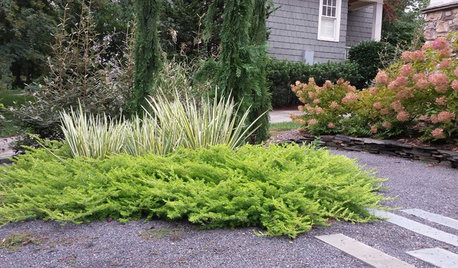
PLANTING IDEASThese Aren’t Your Grandparents’ Junipers
Dislike junipers? Maybe it’s time to discover new varieties and new uses for this garden workhorse
Full Story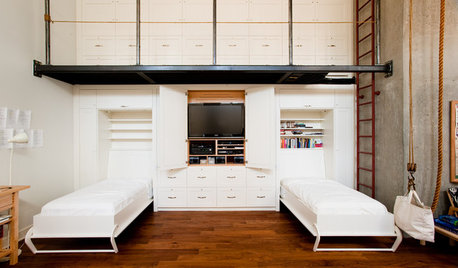
STORAGESee a Hollywood Actor's Ship-Inspired Storage That's Boatloads of Cool
All hands on deck to check out this spacious storage and sleeping room featuring a steel gangplank, a pulley system and nautical rope
Full Story
CONTAINER GARDENS7 Deer-Resistant Flowers for Your Summer Containers
Grow these as protection for edibles or just for their colorful beauty — deer might not like them, but everyone else will
Full Story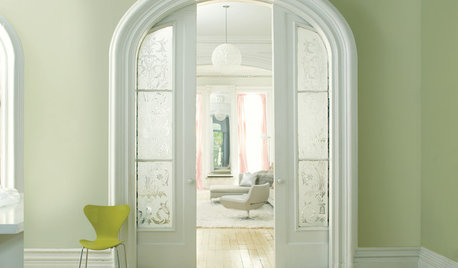
COLORBest Ways to Use the Neutral Green Color of 2015
Benjamin Moore’s Color of the Year is soft and natural
Full Story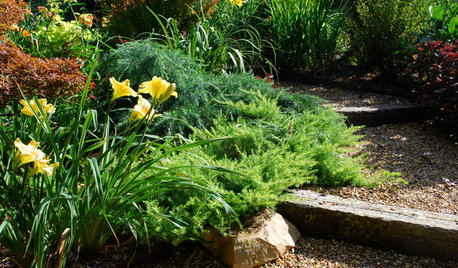
GARDENING GUIDESGreat Design Plant: Cedrus Deodara ‘Feelin’ Blue’
The smallest of the cedars softens a hardscape while bringing structure and texture to the garden
Full Story
FARM YOUR YARDHow to Farm Your Parking Strip
Get an up-close look at a thriving street-side edible garden, one of many sprouting up in Seattle
Full Story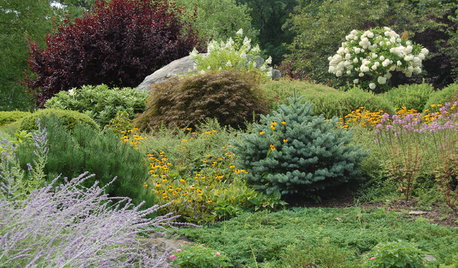
GARDENING GUIDESDesigning With Conifers: Finding the Right Garden Bedmates
In gardening, building on commonalities creates an enduring relationship
Full Story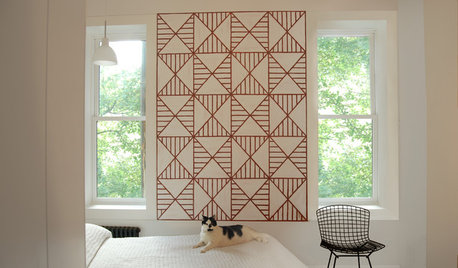
PETSHouzz Call: Send in the Design Cats
Post your best photo of your cat at home, in the garden or with you in your studio. It could be published in a featured ideabook
Full Story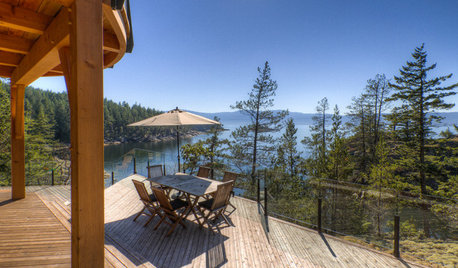
DECKSDecking Materials Beyond Basic Lumber
Learn about softwoods, tropical hardwoods, composites and more for decks, including pros, cons and costs
Full Story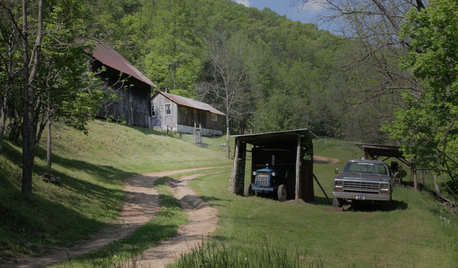
TASTEMAKERSNew Series to Give a Glimpse of Life ‘Unplugged’
See what happens when city dwellers relocate to off-the-grid homes in a new show premiering July 29. Tell us: Could you pack up urban life?
Full Story





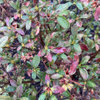
ken_adrian Adrian MI cold Z5
laceyvail 6A, WV
Related Professionals
Jennings Landscape Architects & Landscape Designers · Rossville Landscape Architects & Landscape Designers · San Juan Landscape Architects & Landscape Designers · Arlington Landscape Contractors · Bridgeport Landscape Contractors · Danvers Landscape Contractors · Franklin Landscape Contractors · Lehigh Acres Landscape Contractors · Siloam Springs Landscape Contractors · Quartz Hill Landscape Contractors · Carol City Window Contractors · Cincinnati Decks, Patios & Outdoor Enclosures · Montgomery County Decks, Patios & Outdoor Enclosures · Northglenn Decks, Patios & Outdoor Enclosures · West Bloomfield Township Decks, Patios & Outdoor Enclosuresken_adrian Adrian MI cold Z5
botann
linlilyOriginal Author
Dzitmoidonc
linlilyOriginal Author
ken_adrian Adrian MI cold Z5
Dzitmoidonc
linlilyOriginal Author
User
mad_gallica (z5 Eastern NY)
Dzitmoidonc
laceyvail 6A, WV
Mike Larkin
MollyDog
Embothrium